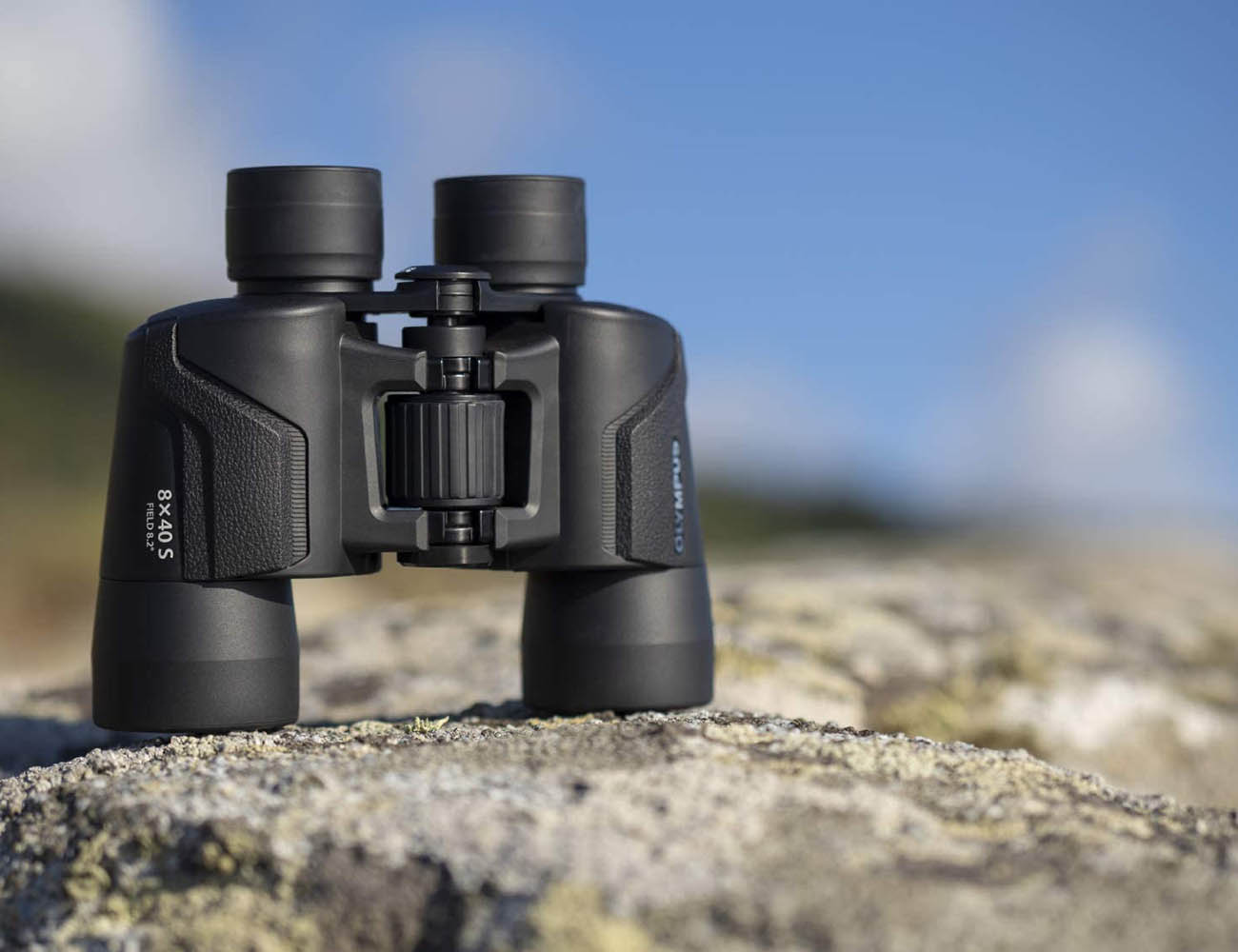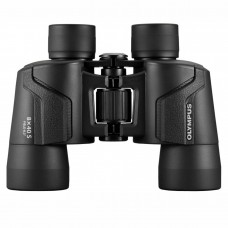Olympus Standard binoculars are the perfect companion for observing nature, sport, wildlife and bird watching. A wide field of view makes locating a subject quicker and easier, particularly when panning a wide area or tracking fast-moving subjects, such as birds, animals and action sports. The large objective lens diameter offers bright high-resolution images even in low light. Advanced optical technologies including aspherical lenses plus coated lenses and prisms ensure a high level of optical performance by reducing image distortion and chromatic aberration for sharp images and a clear field of view with suberb transmittance. A focusing distance as close as 4m allows you to follow animals almost motionless as they approach. With a durable, high-quality finish resisting any nature conditions and a rubber coated grip ensuring a safe hold these binoculars are well equipped for outdoor use. Maximum comfort, functionality and portability is granted thanks to the slim, simple design and ergonomic controls. All elements have been arranged precisely for a compact size, resulting in a sharp impression and a lightweight body.
Standard Series Binocular ideal for nature observation, sporting events, wildlife and birdwatching
8x magnification
Wide field of view optimal for tracking fast-moving subjects
High optical performance for sharp images with minimal distortion and chromatic aberration
Coated lenses and prisms for a bright, clear field of view with superb transmittance
Large, intuitive to use, easy to reach focus wheel for accurate focusing
Simple, refined design and ergonomic controls for maximum comfort and functionality
High-quality finish with sure-grip rubber coating


| Product Specification | |||||||||||||||||||
| Specifications |
|
||||||||||||||||||





